The strength of sim-racing lies in the diversity of peripherals available on the world market. Each virtual driver has his own sim racing setup, specific to his needs and racing desires.
For the simplest, there’s a steering wheel, base and pedals. As you move up a level, you’ll find a cockpit, a curved screen and a bucket. Up a notch are dashboards and button boxes, plus bass-shakers.
Speaking of button boxes, virtual drivers’ opinions on them are very mixed. Some say they’re useful for racing, while others are more inclined to see them as a device where aesthetics take precedence over function. Except that many forget that sim-racing is a matter of subjectivity; what I like is probably not the same for others.
In what follows, we’ll look at what button boxes are, what they’re used for and whether they’re essential for a sim-racing setup. In addition, we’ll list 3 button boxes in random order.
Apex Sim Racing Vertical Button Box V1/V2
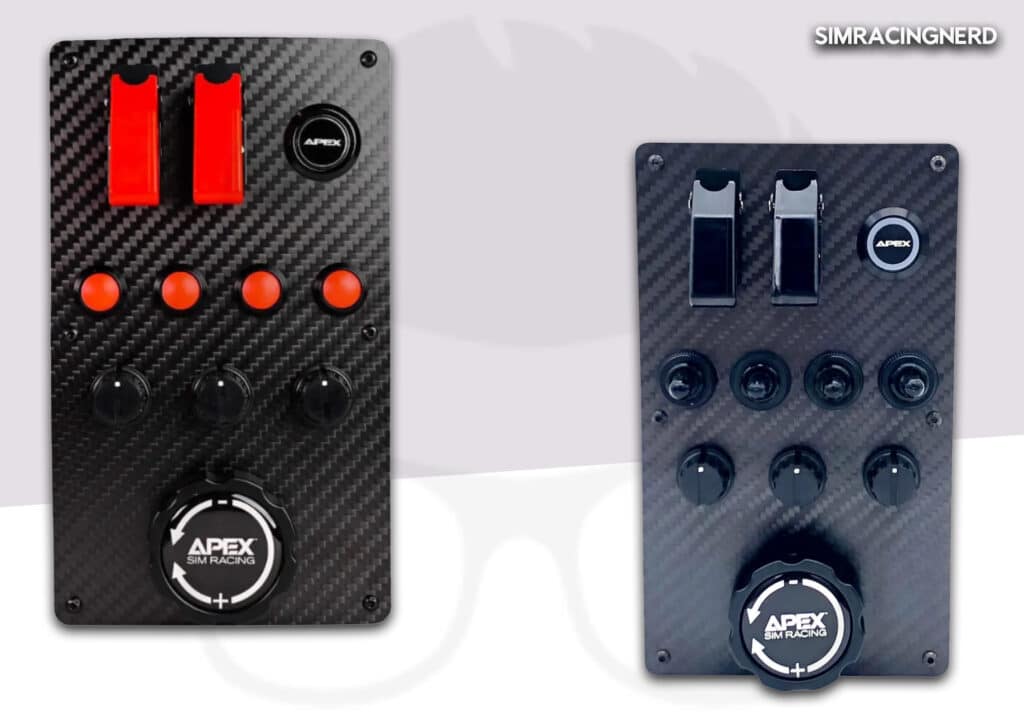
Apex Sim Racing is a major player in the racing simulation market, with a catalog covering mainly accessories. The store offers brackets, a steering wheel, a dashboard and button boxes, including the Vertical V1. You’ll also find the same, but in horizontal version.
This button box is positioned rather low in the Apex range, with a rather minimalist design if you opt for the V2. On the front, we have 2 mm carbon fiber, with an assortment of controls: knobs, rotary, and fighter-plane style switches. It’s quite visually appealing, especially if you opt for the V2, which sports an all-black design, unlike the V1 with its red accents.
A total of 11 controls are located on the front panel, all of them, of course, configurable. Compatibility is limited to Windows PC platforms, with SimHub added to map everything.
Finally, let’s look at the price. This button box from Apex Sim Racing costs around €200. It would be ideal for virtual drivers looking for additional controls to add to their setup.
Grid Engineering Porsche 911 GT3 Button box
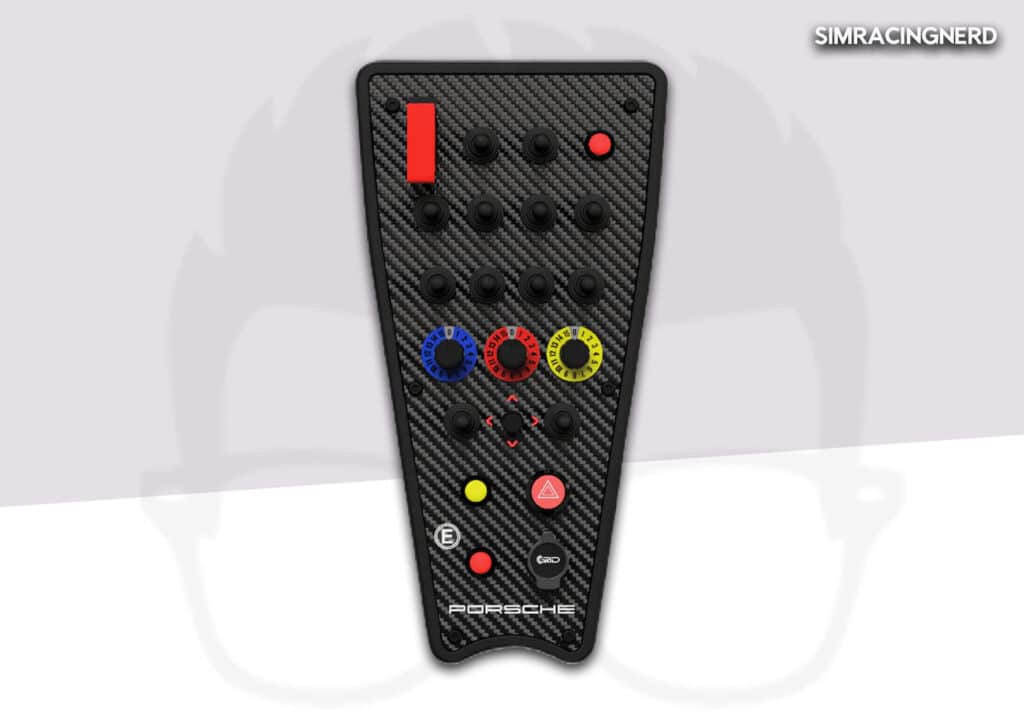
Grid Engineering is a manufacturer of sim-racing accessories, with a catalog of just a few products. The brand focuses on the quality of its equipment, which is simply excellent for its target audience.
As far as Button Boxes are concerned, the manufacturer offers one that is an official replica of those found in 911 GT3 models. This is the Porsche 911 GT3 Button Box.
In terms of design, it’s very much a racing model, with a footprint that takes up a lot of space, I must say. It’s a long button box, with a total of 22 different controls. You’ve got buttons, rotary, switches, a warning and the Porsche logo at the bottom.
The front end is made of carbon fiber, which reinforces the competition aspect of this little gem. It’s really quite beautiful, and will go perfectly with a GT setup and a Porsche steering wheel (like the Fanatec Porshe Vision GT, for example). Compatibility is Windows-only, with SimLab of course for settings and parameters.
Let’s move on to the price, shall we? Depending on the online store, expect to pay between €350 and €400 on average for this button box. It’s expensive, yes, like virtually all other Grid Engineering products, but it’s quality equipment, very premiums.
GTE V3 Carbon Fiber sim racing Button Box
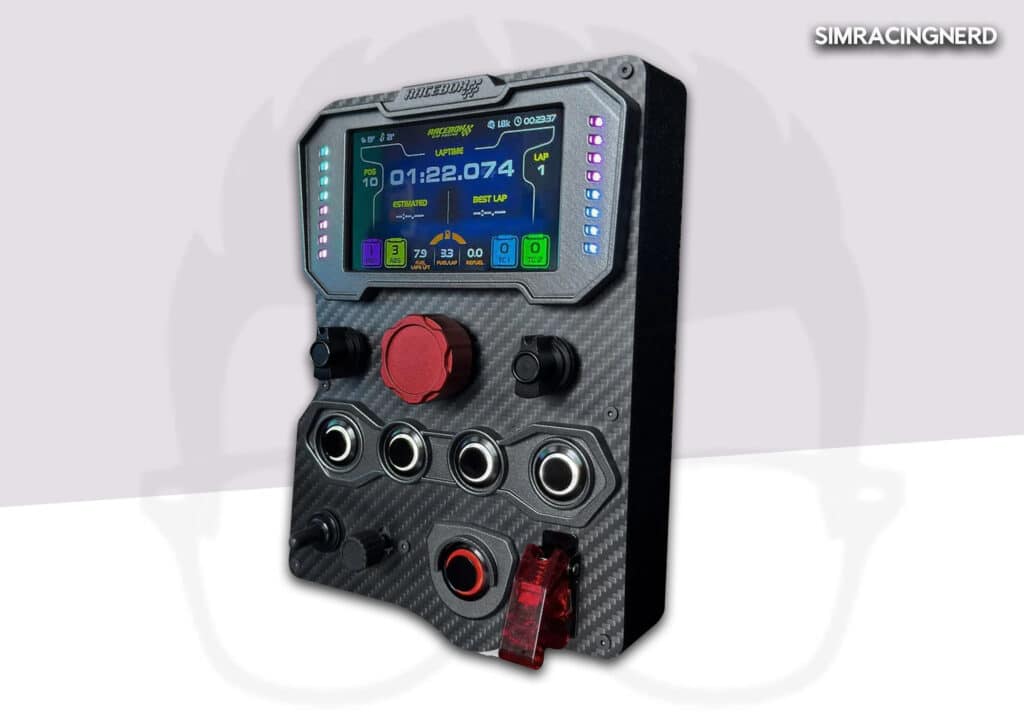
Let’s finish with a product that looks interesting on paper. It’s the GTE V3 Carbon Fiber sim racing Button Box. It’s a hybrid sim-racing device, with a 5″ screen and a button box, all in a space-saving package.
Aesthetically, I must say, it’s got charm. The carbon fiber, and the large screen, give this product a rather unique look, and the red controls reinforce this. It won’t appeal to everyone, that’s clear, but I personally like it.
Apart from the screen and RevLEDs, we have a total of 11 controls, making this the least generous button box in this respect. Nevertheless, it’s still enough to support a sim-racing steering wheel.
Compatibility is PC, of course, with support for SimHub, as well as sim-racing titles. If you’re looking for a dashboard and button box, the GTE is worth a look for both space and money savings.
Speaking of expense, this device is listed at around €240, and that’s a bargain for those looking for both a screen and a button box as I said, because you can easily find dashboards that cost the same or even more.
A button box is a piece of electronic equipment that adds functionality to your sim-racing setup. These features range from engine start buttons to rotaty for brake adjustment, traction control and more.
Buttons boxes have several advantages, the main one being that they offer a setup with far more buttons than steering wheels. As you know, sim-racing wheels have a well-defined space on which you can place buttons, and you can’t change the size of the steering wheel at the risk of altering ergonomics. Oh yes, you can’t drive a prototype with the steering wheel of a truck.
Even if modern wheels integrate several controls between buttons, switches, rotaty and encoders, sometimes we need more because the discipline dictates it. As mentioned above, prototype cars, or LMPs, require lots of controls for different vehicle functions and race management. Pit Stop, TC, Brake and Wipers are just a few examples of the usefulness of button boxes in a sim-racing setup.
This question is rather subjective, in the sense that every sim-racing setup is different from the others, as are the needs of the racers. Button boxes target a specific audience of sim-racing drivers, mainly those looking for an immersive setup, and also needing lots of controls.
So, yes, steering wheels offer buttons, switches and rotary controls, but they’re limited in number. And let’s not forget that certain motorsport disciplines require total control over the vehicle’s controls, something that a steering wheel, even one designed for endurance racing, simply can’t satisfy 100%.
If you want an immersive and, above all, functional setup, then the button boxes are a welcome addition, and can even help you achieve shorter lap times. But if you’re just starting out in sim-racing, as far as I’m concerned, there’s no point in thinking about button boxes now. It’s an investment that can be made in the future, depending on your preferences and driving style.

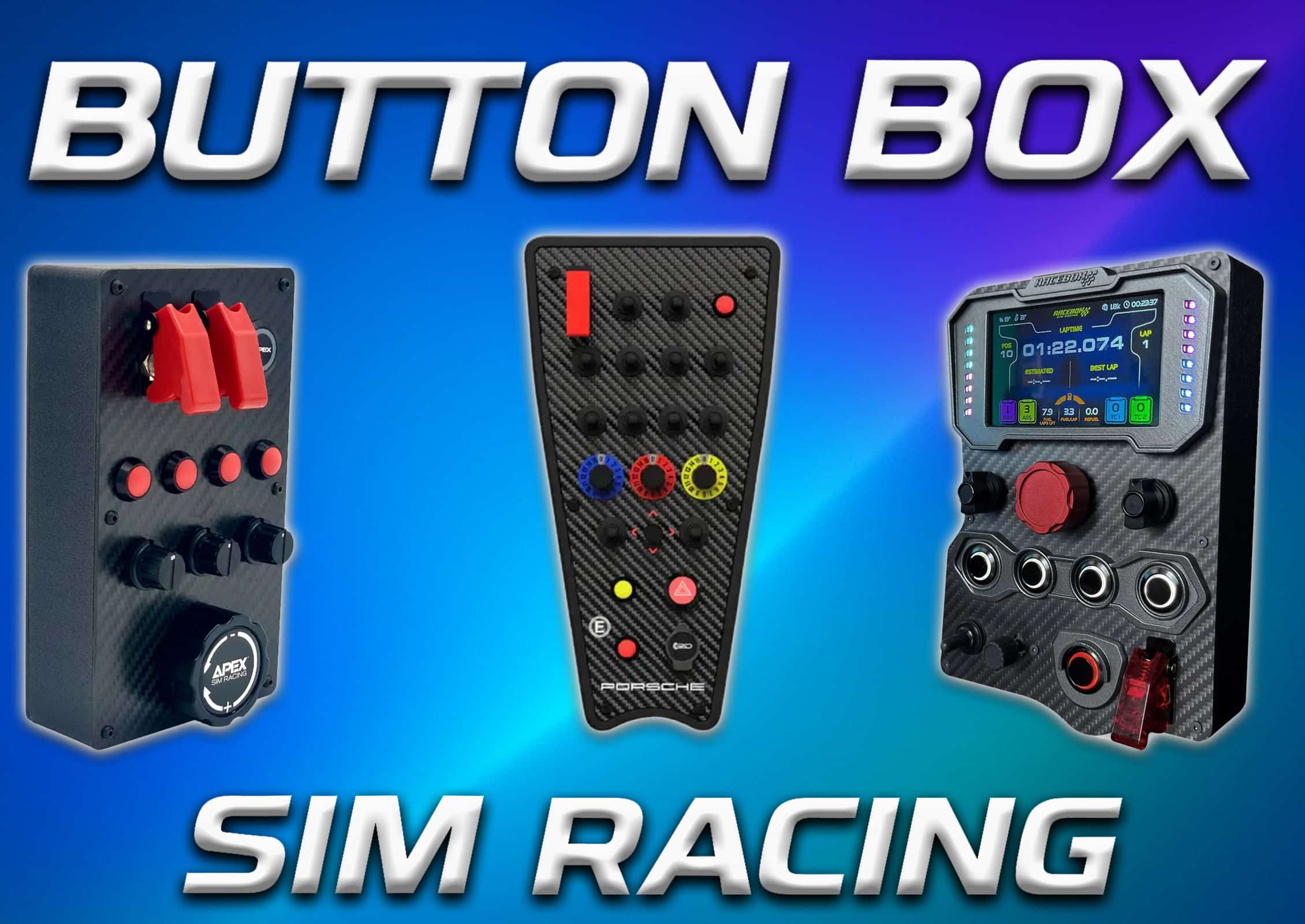
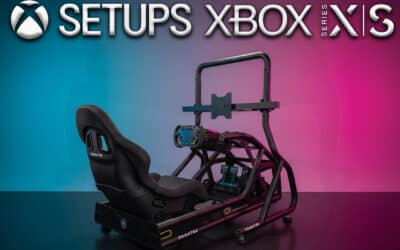

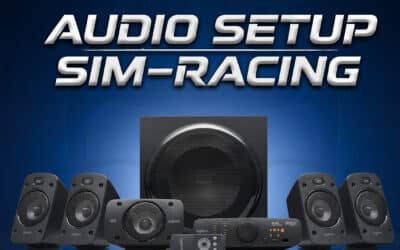

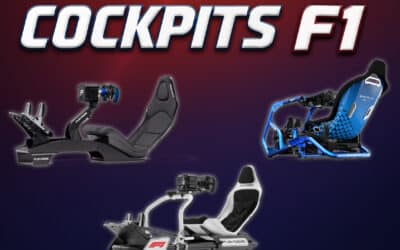
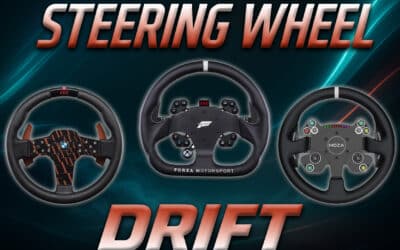
0 Comments